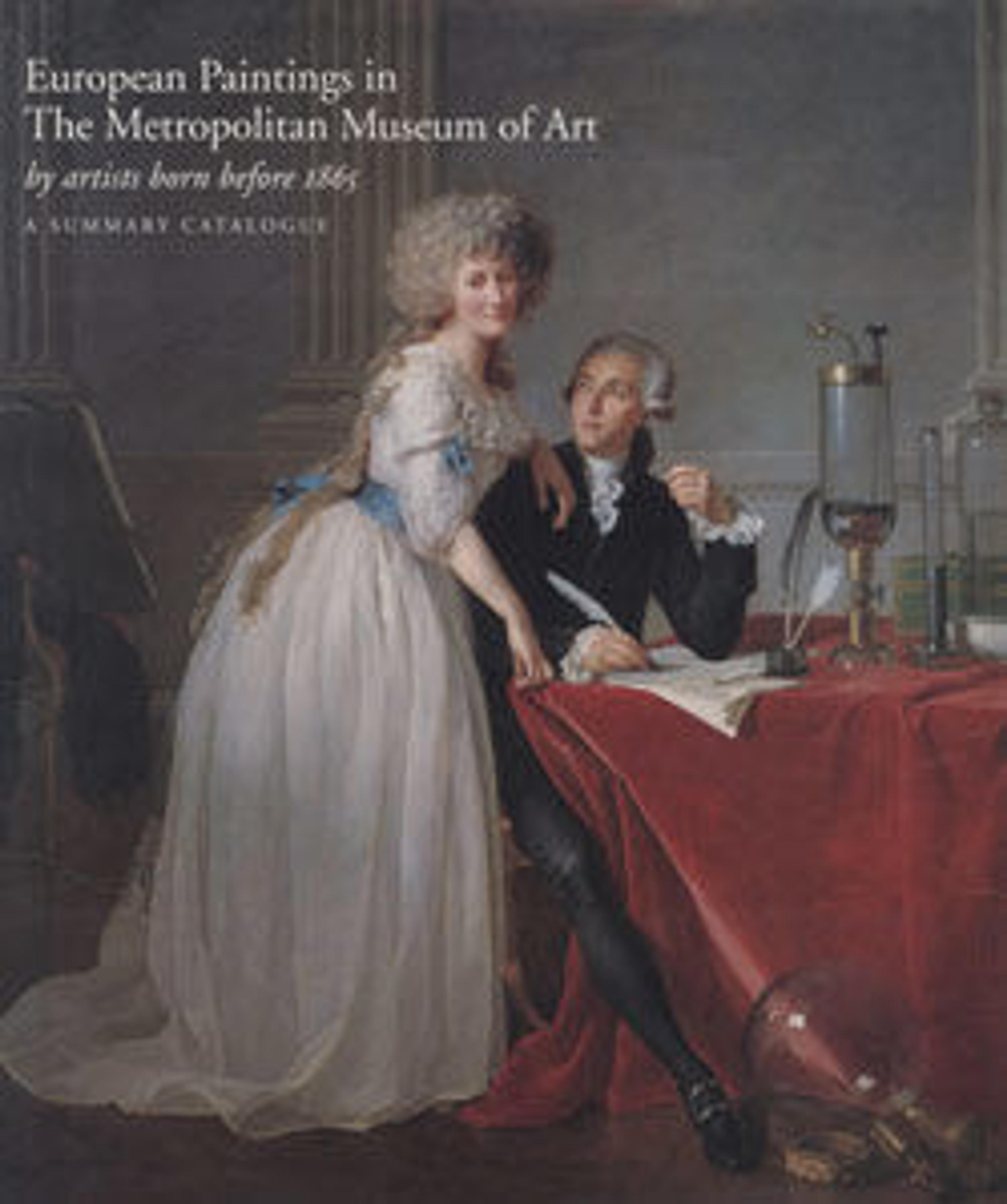Madonna and Child with Angels
Between the realms of heaven and earth, the Madonna of Humility, as she is called when seated on the ground, is positioned at the horizon of a sky filled with adoring angels. Among the layers of surface details are two remarkable angels freely tooled into the gold background as they crown the Madonna queen of heaven. The Christ Child is shown in a deep sleep—an allusion to his future sacrifice and death. It is one of the finest works by Pietro di Domenico, who was active in the region of the Marches. Exceptionally, the picture survives intact with its original engaged frame decorated with a continuous flower pattern and the artist’s signature.
Artwork Details
- Title:Madonna and Child with Angels
- Artist:Pietro di Domenico da Montepulciano (Italian, Marchigian, active first quarter 15th century)
- Date:1420
- Medium:Tempera on wood, gold ground
- Dimensions:Overall, with engaged frame, 34 5/8 x 26 1/4 in. (87.9 x 66.7 cm); painted surface 30 5/8 x 22 1/4 in. (77.8 x 56.5 cm)
- Classification:Paintings
- Credit Line:Rogers Fund, 1907
- Object Number:07.201
- Curatorial Department: European Paintings
More Artwork
Research Resources
The Met provides unparalleled resources for research and welcomes an international community of students and scholars. The Met's Open Access API is where creators and researchers can connect to the The Met collection. Open Access data and public domain images are available for unrestricted commercial and noncommercial use without permission or fee.
To request images under copyright and other restrictions, please use this Image Request form.
Feedback
We continue to research and examine historical and cultural context for objects in The Met collection. If you have comments or questions about this object record, please contact us using the form below. The Museum looks forward to receiving your comments.
